Discovering Milwaukee's Black History by Bus
MCTS does more than connect Milwaukee County residents to work, health and shopping centers. We also connect them to historical landmarks and cultural hubs. For Black History Month, you’re invited to learn more about these highlighted locations and use the trip planner in the Umo app to visit them in person.
Attractions & Sites
Wisconsin Black Historical Society
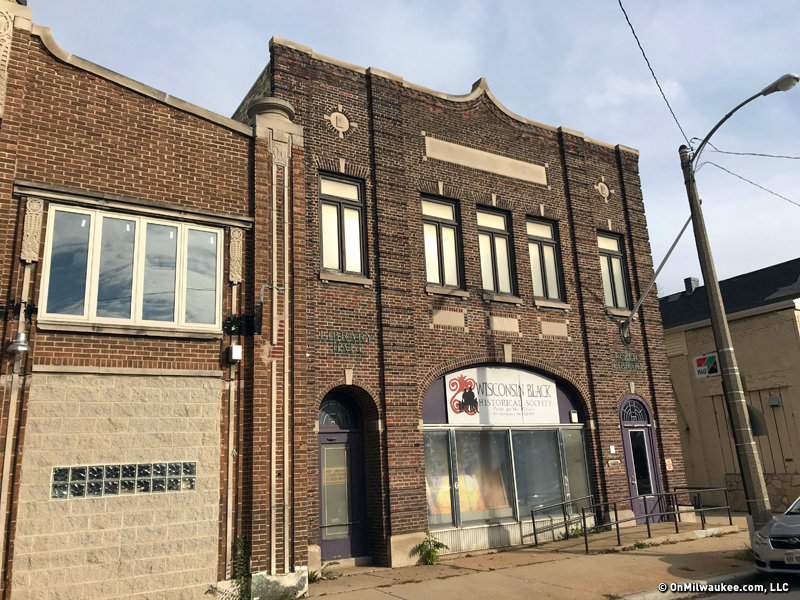
-
Address: 2620 W. Center Street, Milwaukee, WI 53206
-
Bus Routes: 22, BlueLine and PurpleLine
Since 1987, the Wisconsin Black Historical Society has been documenting and preserving the rich history and heritage of African descent in Wisconsin. It is the only institution in the entire state dedicated to Wisconsin’s African American history. They offer several exhibits, a mural, and the NAACP Civil Rights Tribute Bus Exhibit sponsored by Milwaukee County Transit System showcasing local and national civil rights pioneers.
Source: WBHSM Website
Exhibits - Wisconsin Black Historical Society/ Museum (wbhsm.org)
America’s Black Holocaust Museum
.jpg?lang=en-US)
America’s Black Holocaust Museum was originally founded by Dr. James Cameron, the only known survivor of a lynching, who passed in 2006. The museum’s facility houses several exhibits, showcasing over 400 years of history. It displays a chronological journey of African American life to increase public awareness of the damaging legacy of slavery and Jim Crow system of laws in the United States. The founder envisioned the museum offering hope, depicting a society that reconciles with and remembers its past in order to heal the future.
Source: ABHM Website
Our Mission and Vision - America's Black Holocaust Museum (abhmuseum.org)
Bronzeville District
-
Address: North Avenue to 12th Street, State Street to N. Dr. MLK Jr. Drive (as defined by the City of Milwaukee)
-
Bus Routes: 19, 21, 34 and 80
Milwaukee’s Bronzeville District is a historically African American neighborhood that emerged from the forced confines of redlining and housing discrimination into a thriving hub. With the manufacturing labor shortage, residents of Bronzeville began opening their own businesses, further spurring the economic and cultural growth of the neighborhood. Upon the passing of the Housing Act of 1949, Milwaukee began targeting residential homes for redevelopment and seized over 8,000 homes to build Interstate 43, essentially eliminating the heart of the neighborhood. In recent years, Bronzeville has been the location for significant reinvestment in arts, culture, entertainment, and commercial redevelopment. The city now hosts the annual Bronzeville Week to celebrate and honor the neighborhood’s history and legacy.
Source: City of Milwaukee
History (milwaukee.gov)
Sherman Phoenix
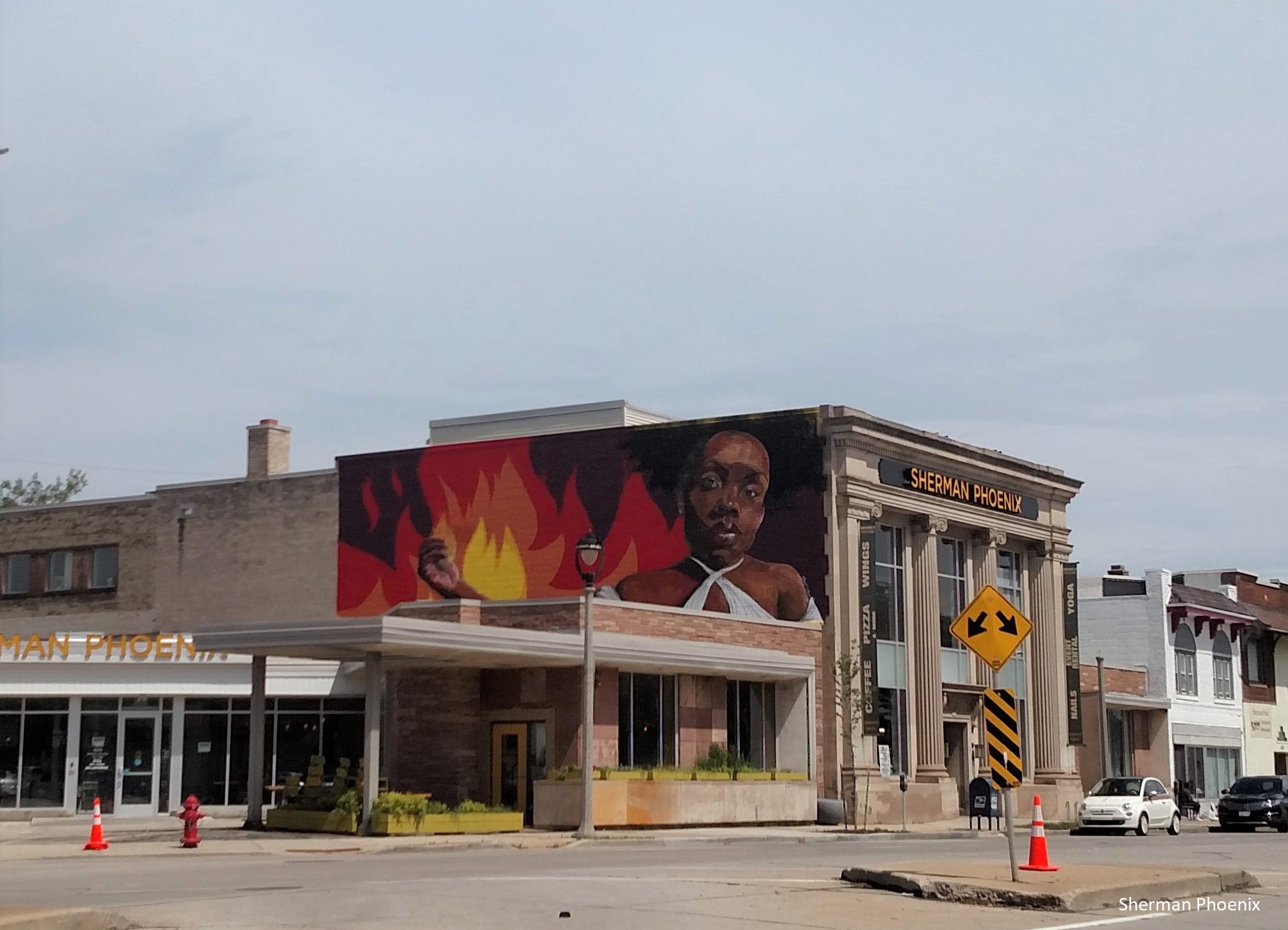
-
Address: 3536 W. Fond du Lac Avenue, Milwaukee, WI 53216
-
Bus Route: 35, 66 and BlueLine
Sherman Phoenix was born in 2016, after violent unrest broke out in the Sherman Park neighborhood following a fatal shooting by police. The desire for safe and inviting neighborhood spaces led to the transformation of the former BMO Harris Bank building into the community space it is today, holding 27 tenants that offer food, wellness services, and arts and cultural activities. The space supports entrepreneurs of color and continually reinvests in the Sherman Park neighborhood to build community wealth.
Source: Sherman Phoenix
Vision | Milwaukee | Sherman Phoenix
Dr. Martin Luther King Jr. Community Center
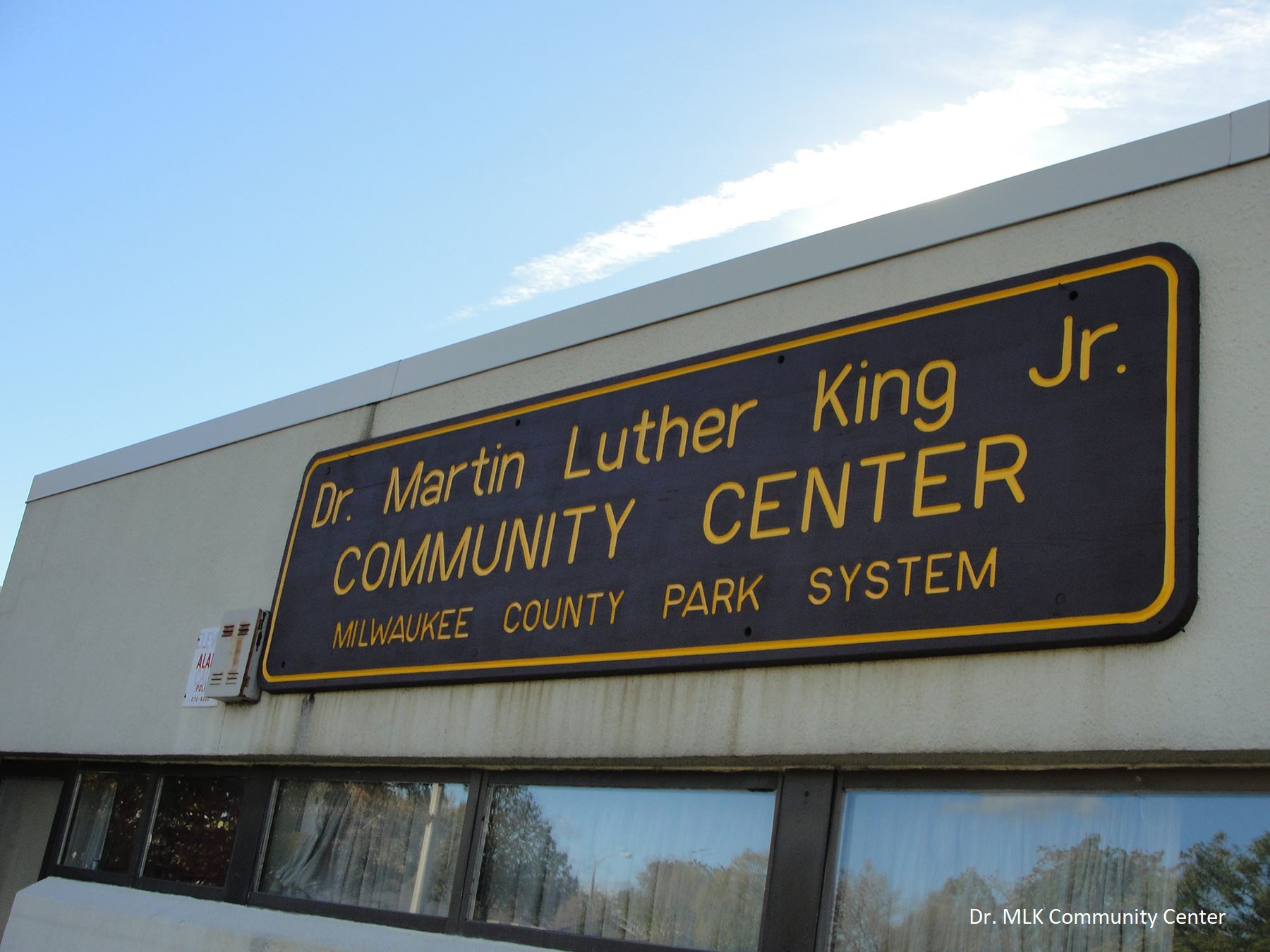
-
Address: 1531 W. Vliet Street, Milwaukee, WI 53205
-
Bus Route: 24, 33 and BlueLine
Part of the Milwaukee County Parks System, the Dr. Martin Luther King Jr. Community Center provides a variety of opportunities to residents on the near West side. It holds a fitness center, weight room, and offers many event spaces for rent. Several programs partner with the community center, such as the Al Moreland Boxing Club, Saleem’s Karate-Do, and the New Concept Self-Development Center providing social service programs and courses.
Source: Milwaukee County Parks
MLK Center (milwaukee.gov)
Historical Sites
16th Street Viaduct (Open Housing Marches)
In the summer of 1967, the Milwaukee NAACP Youth Council planned a major event that would dramatize housing discrimination and the need for open housing in the city. On Monday, August 28, 1967, close to 200 Youth Council members and supporters marched to the South Side. Upon reaching the South Side of the bridge, marchers were greeted by a hostile crowd of thousands. Youth Council members and their supporters ended up marching for 200 consecutive nights between August 1967 and March 1968 to get an open housing law enacted. Shortly after the assassination of civil rights activist Dr. Martin Luther King, Jr., the federal government passed an open housing law. A few days thereafter, on April 30, 1968, the Milwaukee Common Council finally moved to pass a city-wide open housing ordinance stronger than the federal law.
Source: UWM Libraries “March On Milwaukee”
Kilbourn Avenue/Cathedral Square
After being arrested in Racine, escaped slave Joshua Glover was freed, rescued by a mob of 5,000. The location was at Kilbourn & Jackson – present day Cathedral Square. There is a Joshua Glover historical marker in Cathedral Square Park. The first African American church in Wisconsin was near Kilbourn & 4th Streets.
Dietz Home/Casablanca Hotel (Harambee Neighborhood)
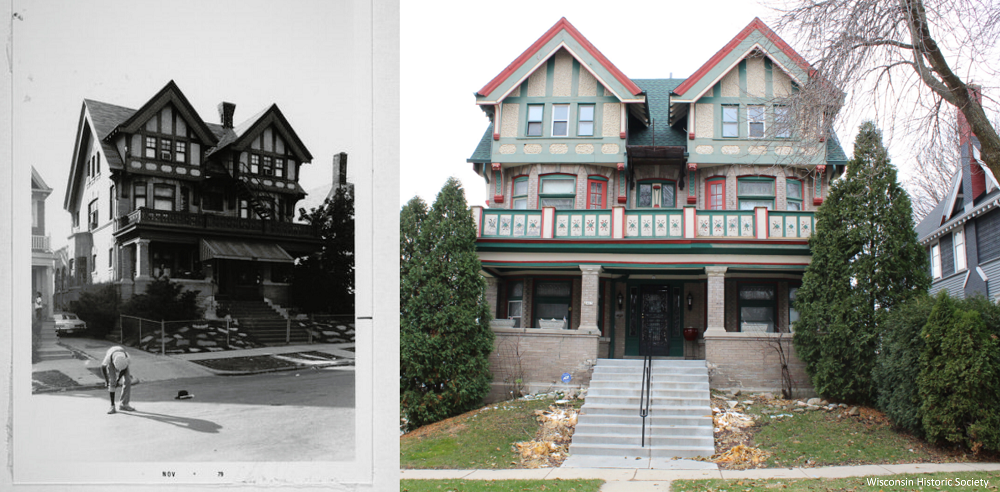
The hotel welcomed Black jazz artists who visited Milwaukee but weren’t allowed to stay elsewhere. Legends like Louis Armstrong, Cab Calloway, Duke Ellington, Sarah Vaughn and Billie Holiday were among its guests.
Kilbourn State Bank Building (Present Day B.R.I.C. Building)
-
Address: 2741 W. Fond du Lac Avenue, Milwaukee, WI 53210
-
Bus Routes: 22, BlueLine and PurpleLine
The building was home to the first African American-owned bank.
Lindsay Heights
.png?lang=en-US)
-
Bus Routes: 12, 21, 22, 24, 57 and Blue Line
The Lindsay Heights is a historic African American neighborhood in the heart of Milwaukee that dates back more than 150 years. Samuel Brown was a farmer and abolitionist. He used his home as part of the Underground Railroad. Lindsay Heights would also become home to Russian, Polish, and Jewish immigrants. During the Great Migration when African Americans moved from the south to northern cities like Milwaukee, the area became known as “Bronzeville.” In 1997 the area was renamed Lindsay Heights after community activist Bernice Lindsay, sometimes called “the mother of the black community.” Today, Lindsay Heights is home to a collection of businesses, including MCTS’s Administration and Fleet Maintenance Operations, community organizations, and neighbors. The Lindsay Heights community is known for its neighborhood revitalization efforts through food, wellness, and entrepreneurship.
Johnson Park
-
Address: 1919 W. Fond du Lac Avenue, Milwaukee, WI 53205
-
Bus Routes: 24 and BlueLine
In the Johnsons Park neighborhood, roughly where Feeding America of Eastern Wisconsin is located, was a rest stop for slaves taking the Underground Railroad (property of abolitionist Samuel Brown). An untold number of African American slaves stopped at this location as part of their passage to freedom in Canada. In 1955 thousands of residents on Milwaukee’s North Side were displaced when their homes were demolished to make room for a new expressway. The state government and federal courts halted the project and Johnsons Park was created to placate the community. In the early 2000s, the Johnsons Park Initiative was launched by Preserve Our Parks. Its goal was to bring a neglected green space back to life and create healthy neighborhoods. Today, the area is known for its award-winning green space is home to Walnut Way, the Johnsons Park Neighborhood Association, Alice’s Garden, community businesses and a growing residential area.
Historical Black Churches
St. Benedict the Moor Catholic Church
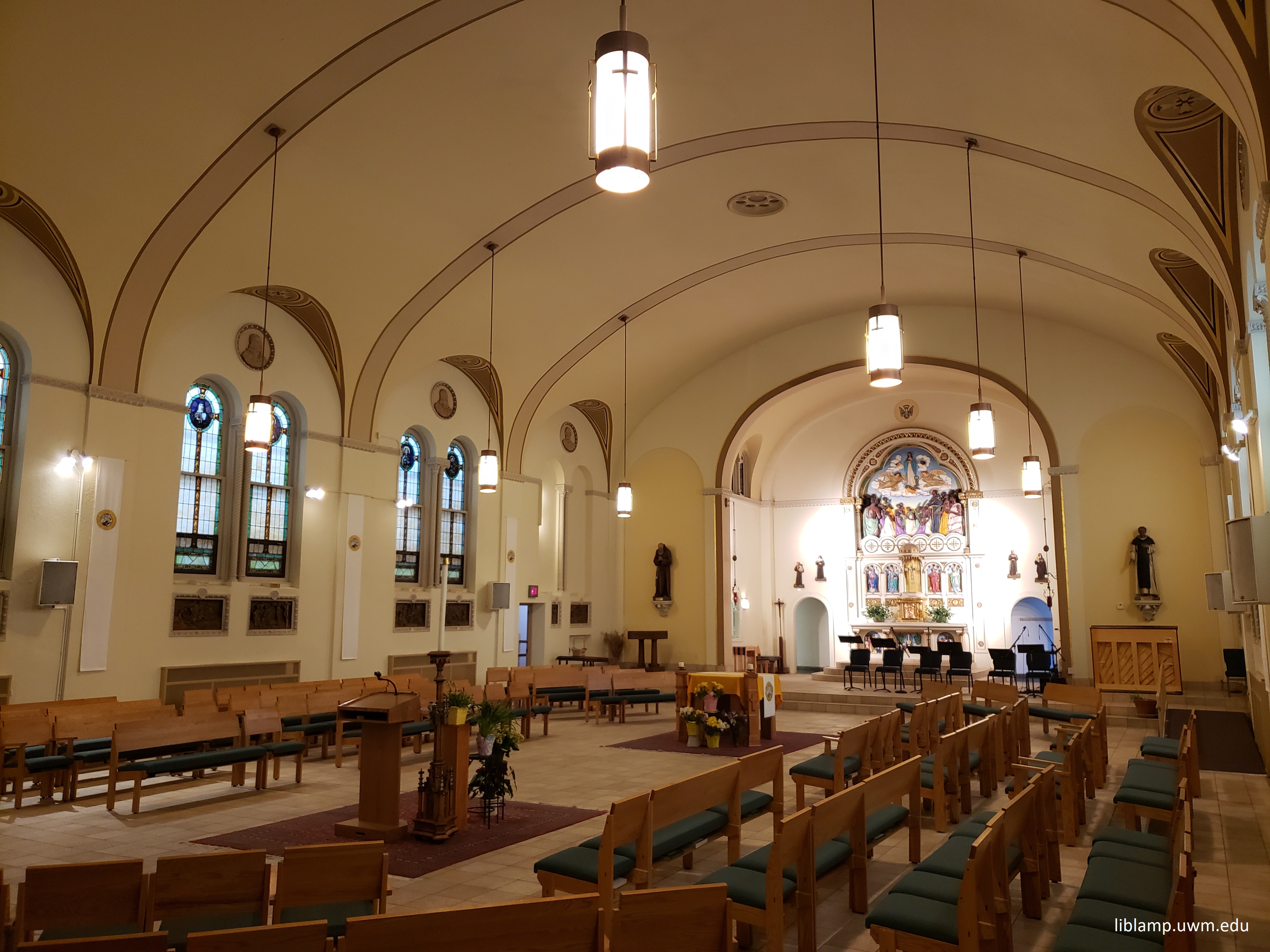
-
Address: 930 W. State Street, Milwaukee, WI 53233
-
Bus Route: 12, 31, 34 and 80
Founded in the 1900s as the first and only church of Black Catholics in Wisconsin, St. Benedict the Moor offered a space for Black Catholics that felt shunned and isolated from other Catholic churches.
St. Francis of Assisi Catholic Church
-
Address: 1927 Vel R. Phillips Avenue, Milwaukee, WI 53212
-
Bus Routes: 19, 34 and 80
It was the sight of the very first disturbance of the 1967 civil rights uprisings that took place in Milwaukee. While July 30, 1967, is forever ingrained as the date of Milwaukee civil disturbances spurred by housing discrimination and police brutality, July 29 is in reality, the first incident, happening just outside of the St. Francis Social Center on 4th and Brown Street.
St. Mark African Methodist Episcopal (AME) Church
-
Address: 1616 W. Atkinson Avenue, Milwaukee, WI 53206
-
Bus Routes: 19 and RedLine
A founding member of the church in Milwaukee, Ezekial Gillespie played a critical role in securing voting rights for Black men in Wisconsin.
Calvary Baptist Church (Originally called Mount Olive)
Calvary Baptist Church is Milwaukee’s first black Baptist congregation and was founded in 1895. The congregation met at various locations around the city, including its first 1897 church building on what is now St. Paul Avenue, before dedicating its current building at 2959 N. Teutonia in 1971.
Source: “Milwaukee’s Black Churches” PBS 10/36
Black Owned Art & Creative Spaces
5 Points Art Gallery
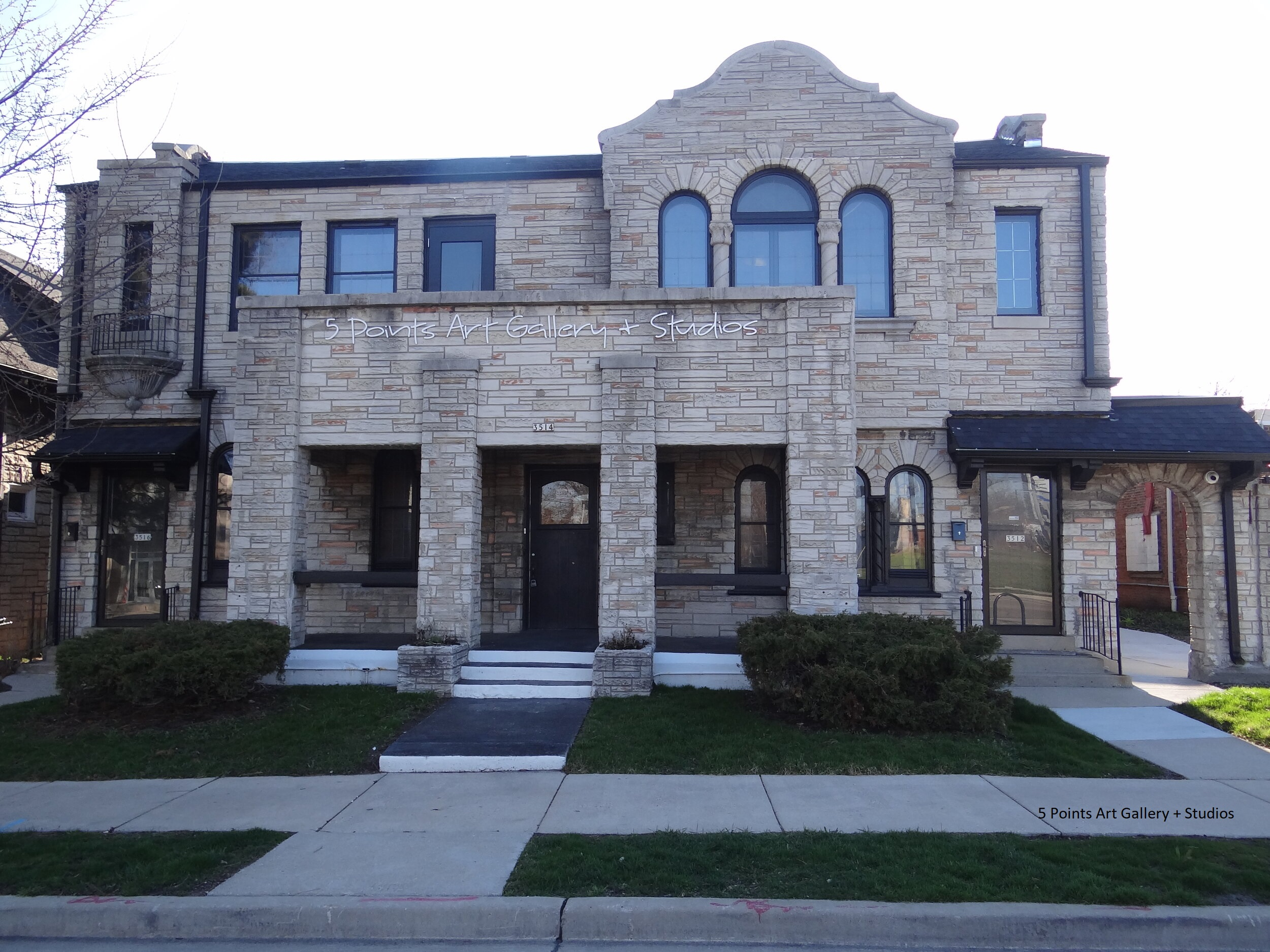
Located in the heart of the 5 Points Neighborhood, 5 Points Art Gallery has a mission to increase representation and collection of artwork by artists of color and other marginalized groups. It holds a 3,000 square foot art gallery, a gift shop, 9 artist work studios, a shared commercial kitchen, and 2 artist-in-residency apartments. It is a space for collaboration and exploration of a wide range of art genres, showcasing rotating exhibitions of artwork.
Source: 5 Points Art Gallery
Gallery Info — 5 Points Art Gallery + Studios (5ptsartgallery.com)
Nō Studios
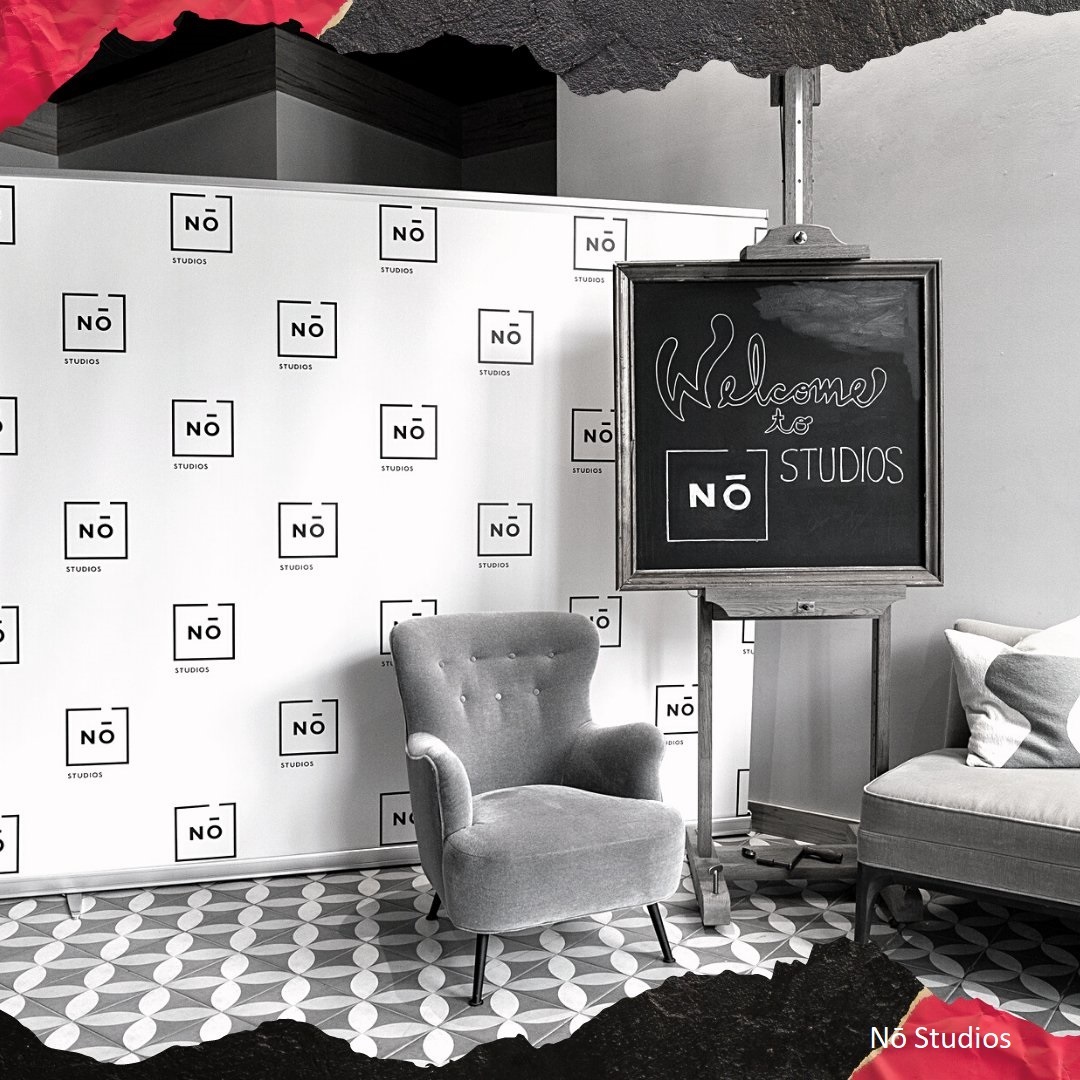
-
Address: 1037 W. McKinley Avenue, Milwaukee, WI 53205
-
Bus Routes: 12, 31, 33, 34 and 80
Nō Studios combines art and activism to create a community-driven experience. They support local artists and talent by providing co-working space, a performing stage and a screening room through a membership program.
Source: Nō Studios
Nō Studios | Milwaukee's creative venue & screening room (nostudios.com)
Vibez Creative Arts Space
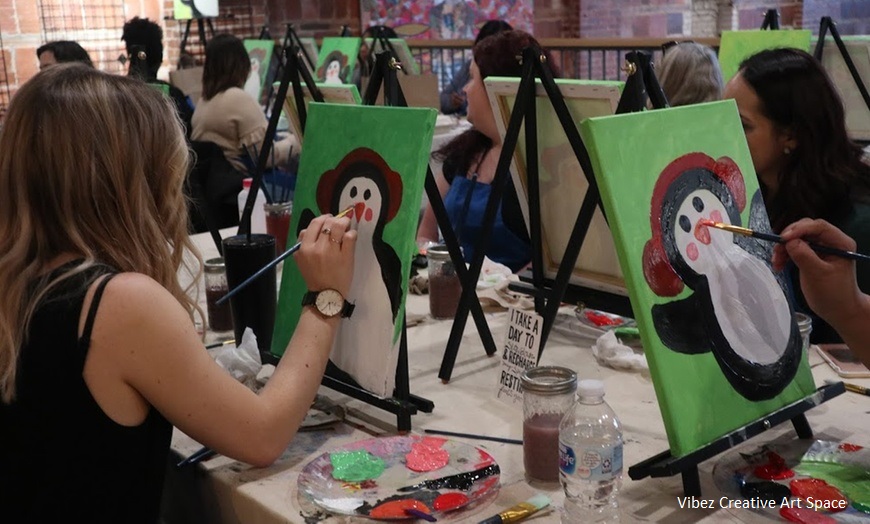
Vibez Creative Arts Space provides education and exploration opportunities for people of all artistic abilities. They offer paint and sip experiences, workshops, and community events. Most recently during the COVID-19 pandemic, they have restructured to offer take home painting kits to continue fostering a safe and memorable arts experience.
Source: Vibez Creative Arts Space
Vibez Creative Arts Space
WoLF Studios MKE
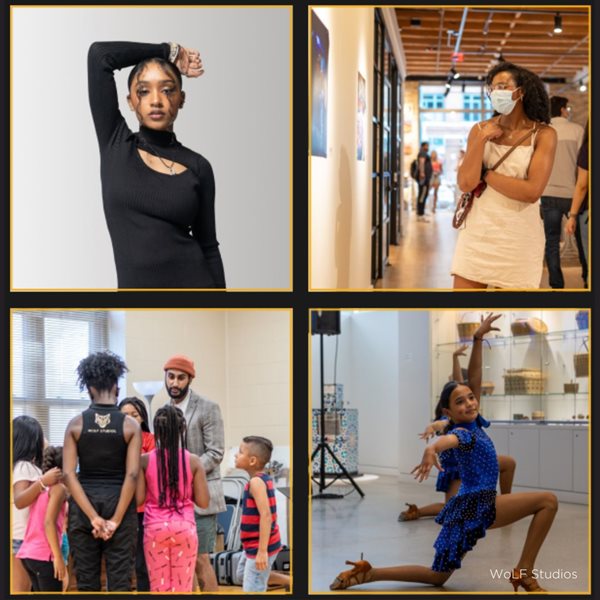
-
Address: 6204 N. 35th St. Milwaukee, WI 53209
-
Bus Route: 19
WoLF Studios MKE is a Black-Owned multimedia, multi-genre arts production studio. Their core services include Project Management, Artist Booking and Management, Entertainment Design and Arts Consulting. Launching as a primarily black dance company, pivoting to rectify the lack of visibility for Artist of Color during COVID-19 and now tackling the ongoing challenges of preparedness and opportunity that professional Artists of Color face on a daily basis; WoLF Studios has consistently strived to build an ecosystem of support and inspiration for the artists, future artists and arts appreciators of our city.
Source: WoLF Studios MKE
WoLF Studios MKE
It's easy to plan your bus rides across Milwaukee County using RideMCTS.com or the Umo app. Use the Trip Planner feature to enter your starting point and destination. Then use our Real-Time Bus Tracker to find out when your bus will arrive!